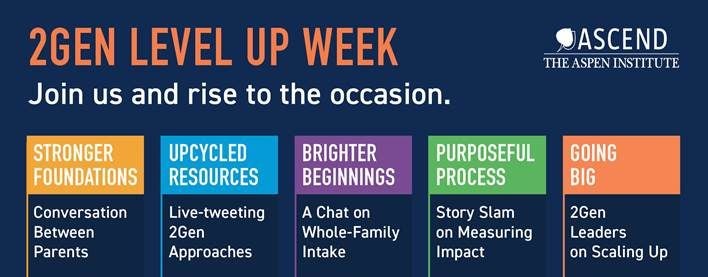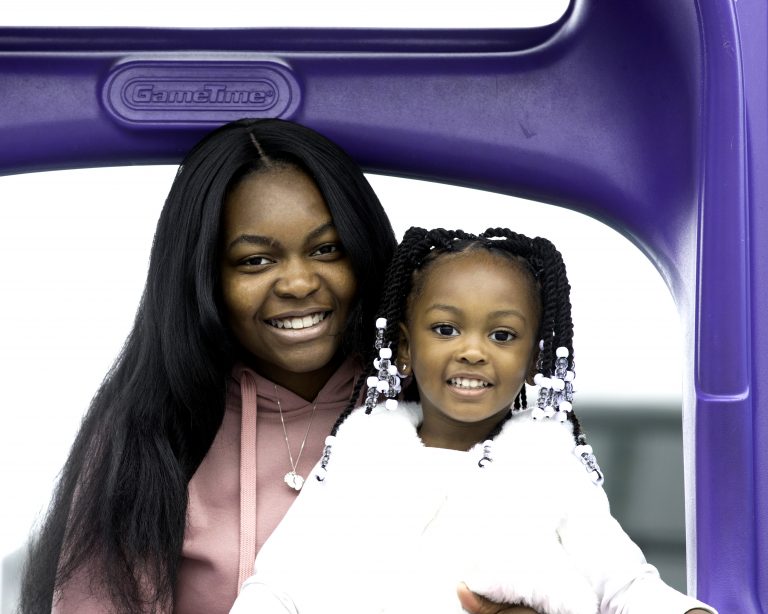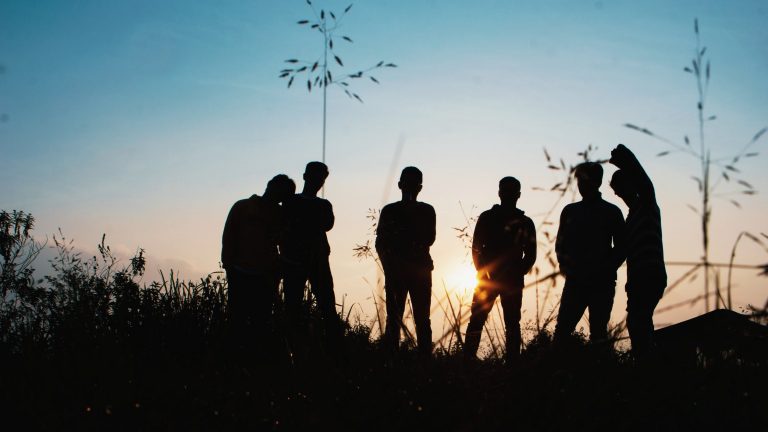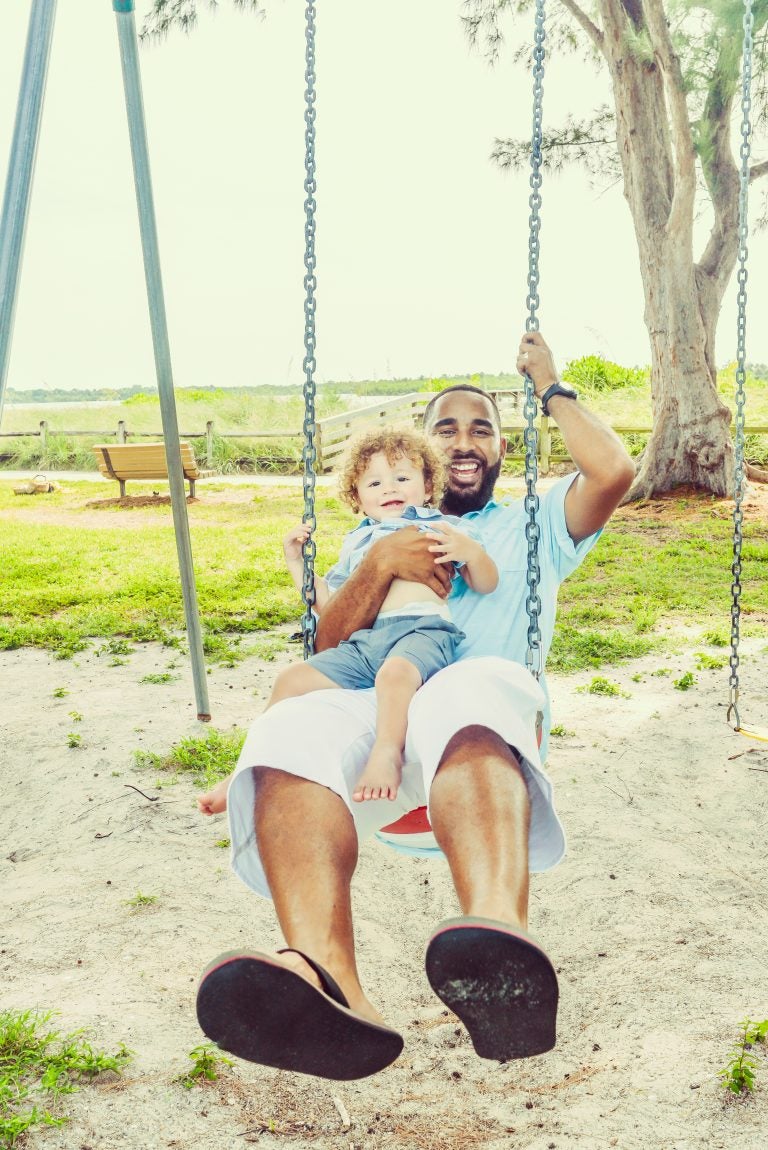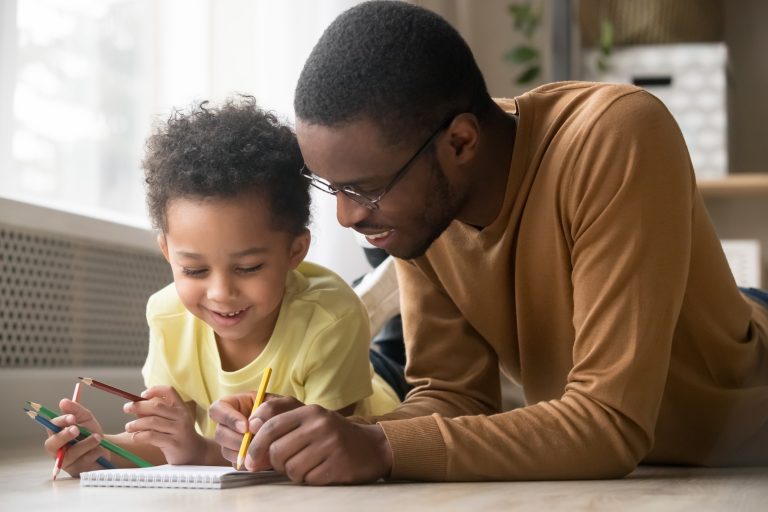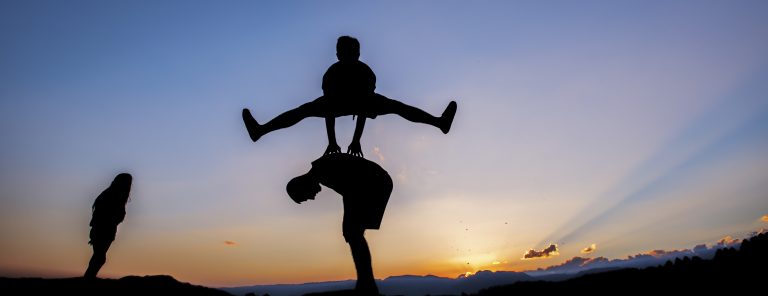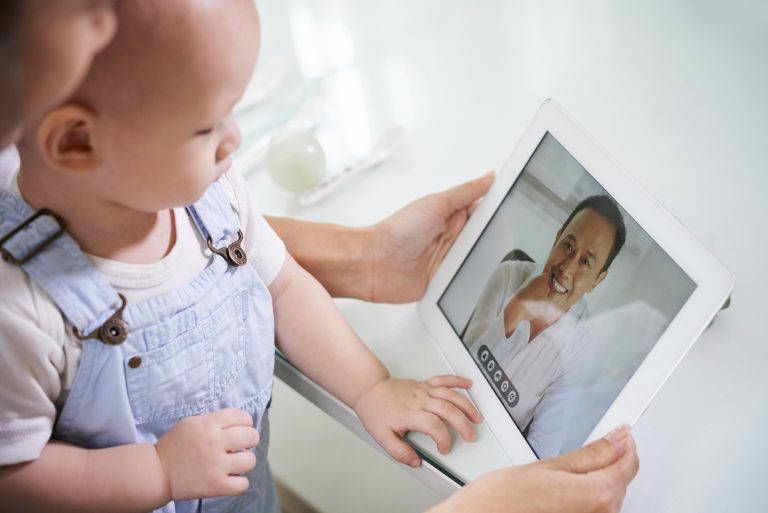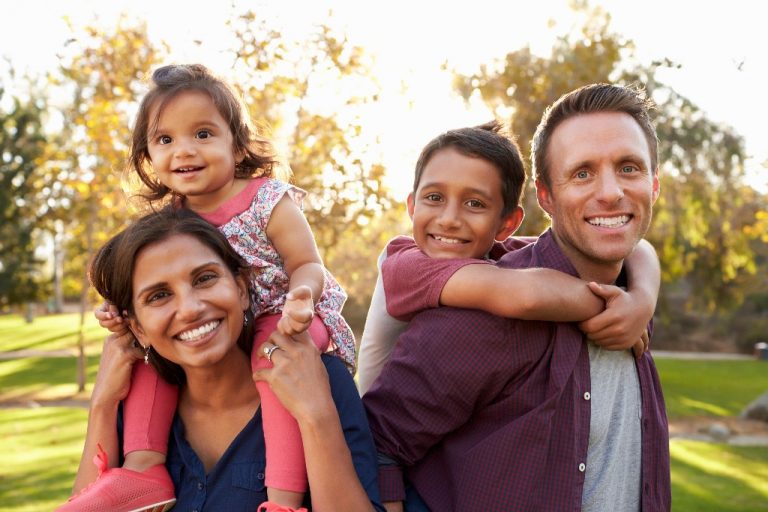Webinar: Building 2Gen Communities: Lessons from Sarasota and Austin
View a recording of this webinar here: https://attendee.gotowebinar.com/recording/5309566221611456006
Thursday, April 6 – Webinar: Building 2Gen Communities: Lessons from Sarasota and Austin
Leading 2Gen innovators John Annis (Ascend Fellow and Executive Vice President of the Community Foundation of Sarasota County) and Sue Carpenter (United Way for Greater Austin) shared their step-by-step process of developing two-generation solutions that influence staff, grantees, partners, and families, and provide guidance on tools and resources that help equip others to follow their lead. They answered learning questions for the field such as, “How can anchor institutions like Community Foundations and United Ways advance two-generation strategies in their communities?” and “What the opportunities and challenges to shifting organizational culture while trying to impact families’ lives through approaches that address the needs of children and their parents together?”
We had great questions that surfaced during Q&A, but some outstanding questions remained. We followed up with Sue and John, and you can note their responses below:
-
Question: How are you engaging fathers in your two-generation community efforts?
- Sue: We’re not actively involved in programs that are uniquely engaging fathers here in the Greater Austin area, but this is a great opportunity to highlight one expert who shared excellent insight in this area on a panel we facilitated: Larissa Estes of the Prevention Institute in Oakland, California leads work in the Making Connections initiative that applies a 2-Gen focus to the mental health and wellbeing of men and boys. Read up and reach out if you’d like us to facilitate a connection!
- John: Visible Men Academy: http://vmacademy.org/parent-success/ has launched a fatherhood initiative. I would suggest a direct contact with them. We have a few fathers involved in programming, but because we have a fund “to improve the lives of single moms,” we have been very focused on them.
-
Question: What resources or tools do you wish existed to help you continue this work?
-
Sue: Some resources include:
- Consultation and technical assistance around braiding public and private funding streams
- Consultation and Technical assistance around design and technological solutions to addressing barriers to creating: a) family-centered intake and workflow models and b)”universal” intake forms that can track family and individual progress across multiple private and social service providers in a geographic region to evaluate effectiveness—all while honoring participant privacy and within the parameters of privacy and security legislation, e.g. HIPAA and FERPA (we said it was pie-in-the sky, right?)
- Improved funding incentives for “backbone” collaborative leaders to sustain the work of orienting collective impact efforts
-
John: Some resources include:
- Certainly more support for mental/behavioral health. We have good partners, but there is a critical shortage of mental health professionals (and they can be expensive).
-
Sue: Some resources include:
-
Question: How do you partner with funders for longer-term sustainability beyond the pilot phase?
-
Sue:
- Having the funder(s) at the tables during collaborative meetings with providers to hear what the providers’ challenges are, see how they might coincide with funding priorities and impact areas, and basically meet the providers where they are in terms of their expression of their–and, in turn the community’s–need.
- Inviting the funders to panel discussions to share their priority investment areas and discuss how 2Gen approach fits in
- Actively solicit the funder for guidance and recommendations on evaluation strategies for the pilot. Funders typically have a wealth of actionable knowledge and accessible resources in the area, and this type of engagement is critical to coupling “soft investment” of buy-in with the hard investment of dollars.
- An evaluation will often result in positive results around interventions that should be scaled up and/or actionable improvement steps for interventions that are sub-optimal. Both cases may be cases for further investment.
-
John:
- Because we are a funder and have a couple of large endowed funds that directly support 2Gen, we have an advantage. We are working with other funders, donors, and organizations with funds and encouraging them to join the effort. The sustainability piece is obviously critical. We try not to bite off more that we can chew. Our Board has expressed a long-term commitment to this work. I think it’s important not to start brand new things (that would require new funding). Find things that are being funded first and see if you can make 2Gen-inspired changes that will improve outcomes and not break the bank.
-
Sue:
Related Posts


